Scientists Warn That Asteroid the Size of a Pyramid Will Just Miss Earth Today
NASA has warned that a massive asteroid as big as the Great Pyramid of Giza will pass by Earth within relatively close range.
The 394ft asteroid has the scientific name 2024 JZ. It will pass by the Earth at a rate of 56,000 mph.
NASA Is on Asteroid Watch
NASA, the Jet Propulsion Laboratory, and the Center for Near Earth Object Studies are closely monitoring the situation with the massive asteroid.
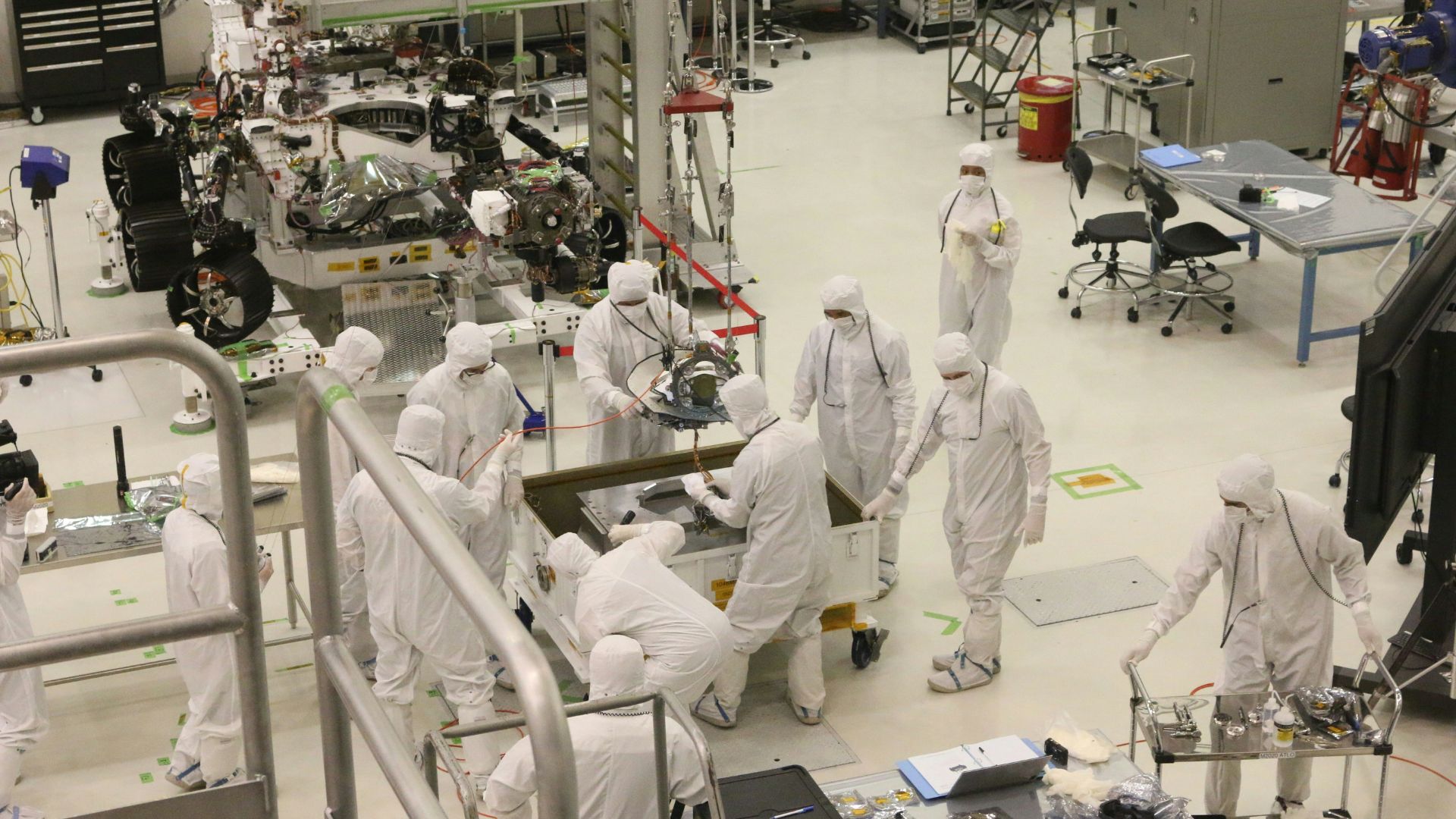
Source: Laurel and Micheal Evans/Unspalsh
The groups can accurately predict how close foreign objects will come to Earth’s atmosphere. Scientists and government officials will monitor the situation today from their headquarters in Washington, D.C.
Asteroid Expected To Safely Pass Earth
Comets and asteroids can often enter the orbit around the Sun, making them part of Earth’s neighborhood. Today, the size of the asteroid has piqued the attention of scientists, it’s almost as large as the Great Pyramid of Giza.
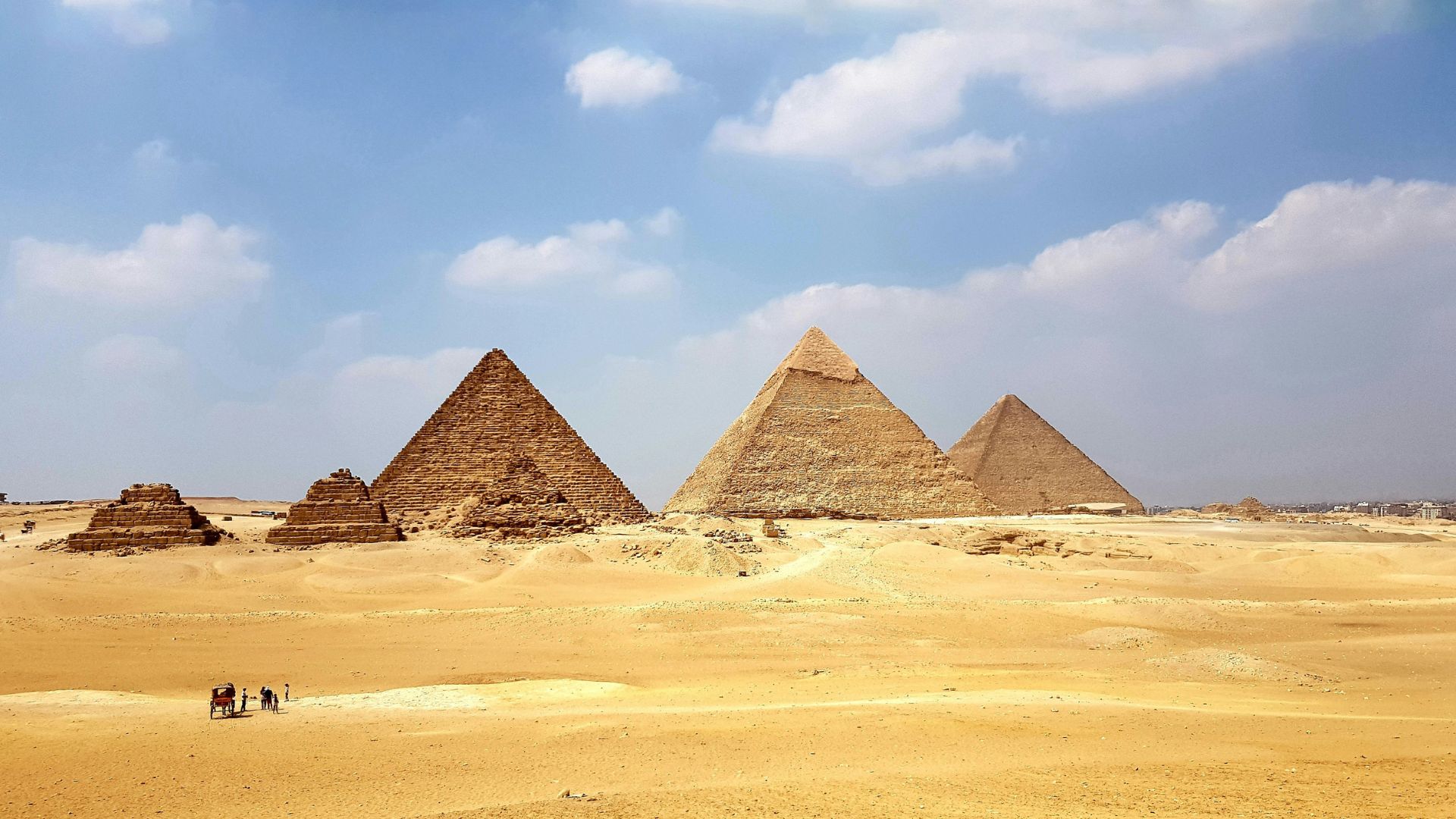
Source: Osama Elsayed/Unsplash
However, those foreign objects are usually at a much safer distance at around 120 million miles. Today, the massive piece of space rock is expected to reach 2.6 million miles of our atmosphere.
Classed as a Near-Earth Object
Although the distance from Earth and the massive chunk of rock seems incredibly far, it’s actually quite close in terms of space distance.
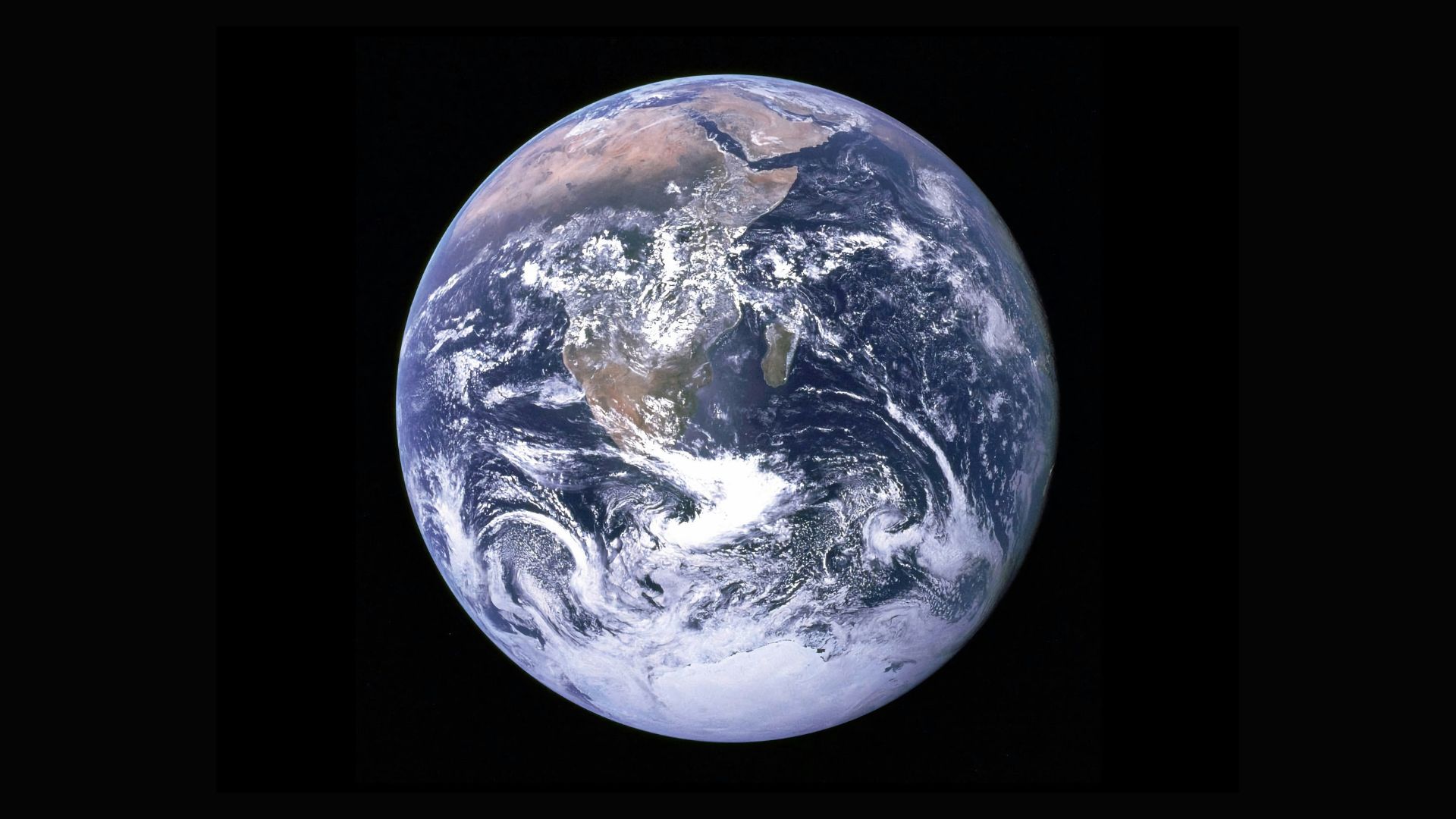
Source: NASA/Unsplash
The asteroid has since been categorized as a near-Earth object (NEO) by NASA officials due to the proximity to our planet.
How NASA Categorized This Object
Official reports state that “NEOs are comets and asteroids that have been nudged by the gravitational attraction of nearby planets into orbits that allow them to enter Earth’s neighbourhood.”

Source: Michal Mancewicz/Unsplash
NEOs come into relatively close contact with Earth quite often and are rarely a cause for alarm. They can frequently appear to us as a single meteor or an entire shower.
Astronomers Seem Unfazed by the Event
A senior astronomer at the Royal Greenwich Observatory in London, England, said the passing is not a concern.

Source: Geograph Britain and Ireland/Wikipedia Commons
Dr. Edward Bloomer was interviewed by the Daily Mail for his input, stating, “This is not the kind of thing we should be worrying about.”
What Is the Asteroid Made Of?
In this case, the asteroid comprises water ice with small dust particles. Asteroids made of ice can form in the cold area of the outer planetary system.
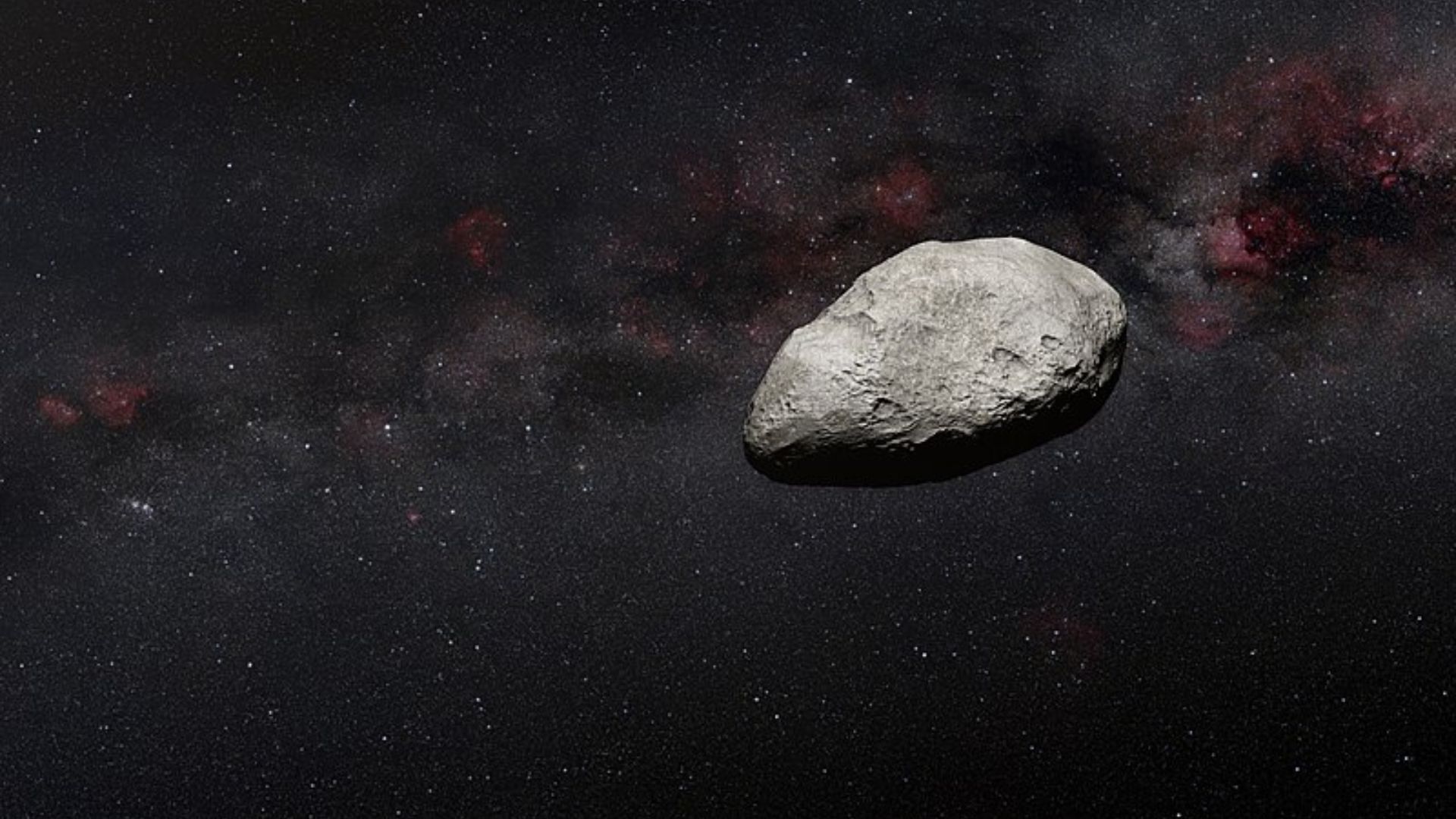
Source: Illustration of Asteroid/Wikipedia Commons
Meanwhile, most rocky asteroids come from the warmer inner solar system in the belt between Mars and Jupiter. Small pieces of debris can often become dislodged from the asteroid belt and fly past Earth on their way into deep space.
When Do Asteroids Become Hazardous?
A NEO can become a danger to Earth when it comes within 0.05 astronomical units, or 4.65 million miles, of Earth’s atmosphere.

Source: Viktor Talashuk/Unsplash
Also, a dangerous asteroid must be more than 495 feet in diameter.
The Planetary Defence Office Is Monitoring the Situation
Juan Luis Cano, a spokesperson for the Planetary Defence office, reassured the public that the massive asteroid has absolutely no chance of hitting Earth.
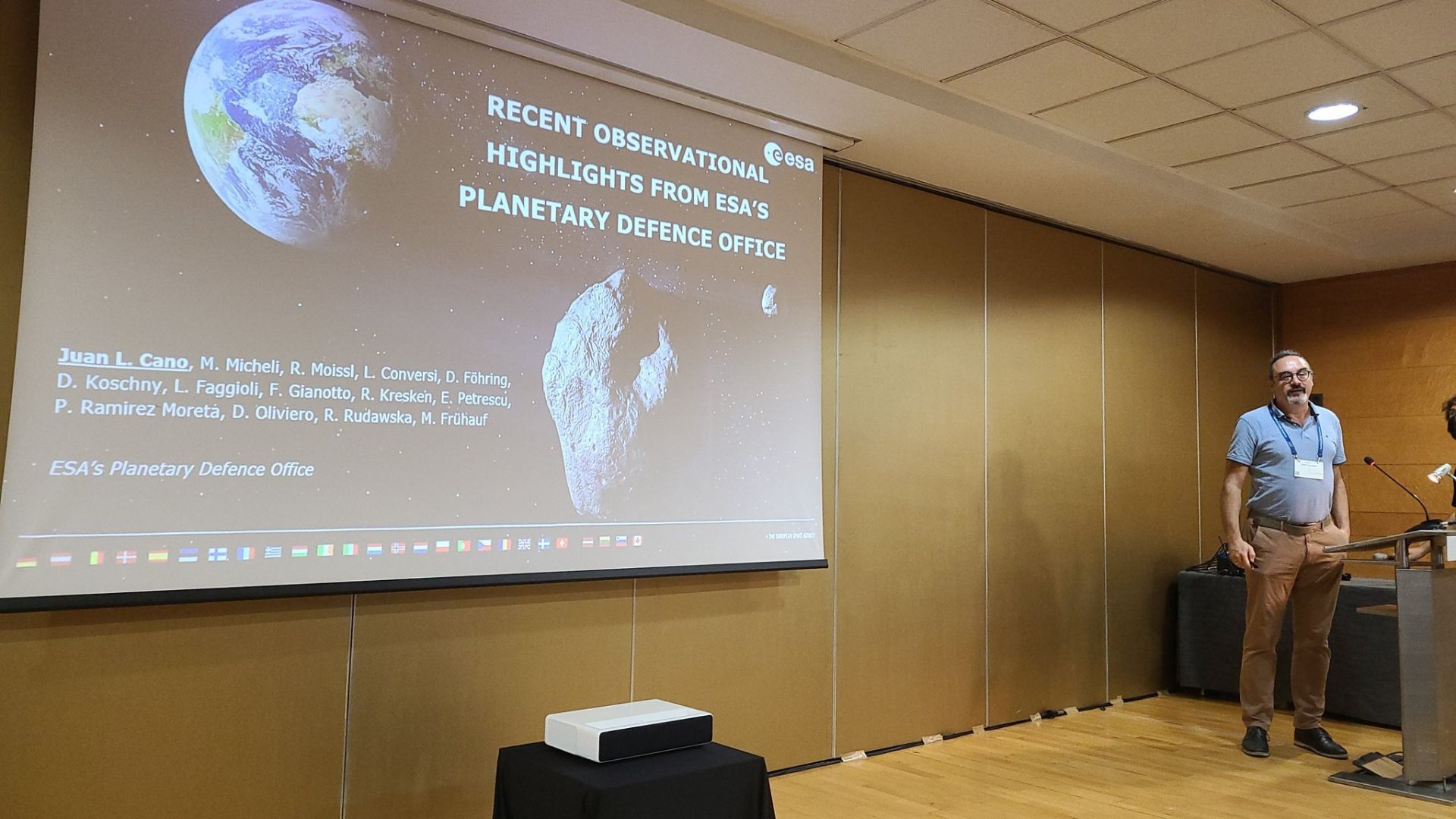
Source: @AstroCostaSilva/X
A professional and volunteer network of astronomers and scientists monitors the skies to alert NASA of any large asteroids or comets heading our way.
Meteors Often Break up in the Atmosphere
Small pieces of space rock are known to enter Earth’s orbit when they crash into each other in space; these smaller pieces are called meteors.
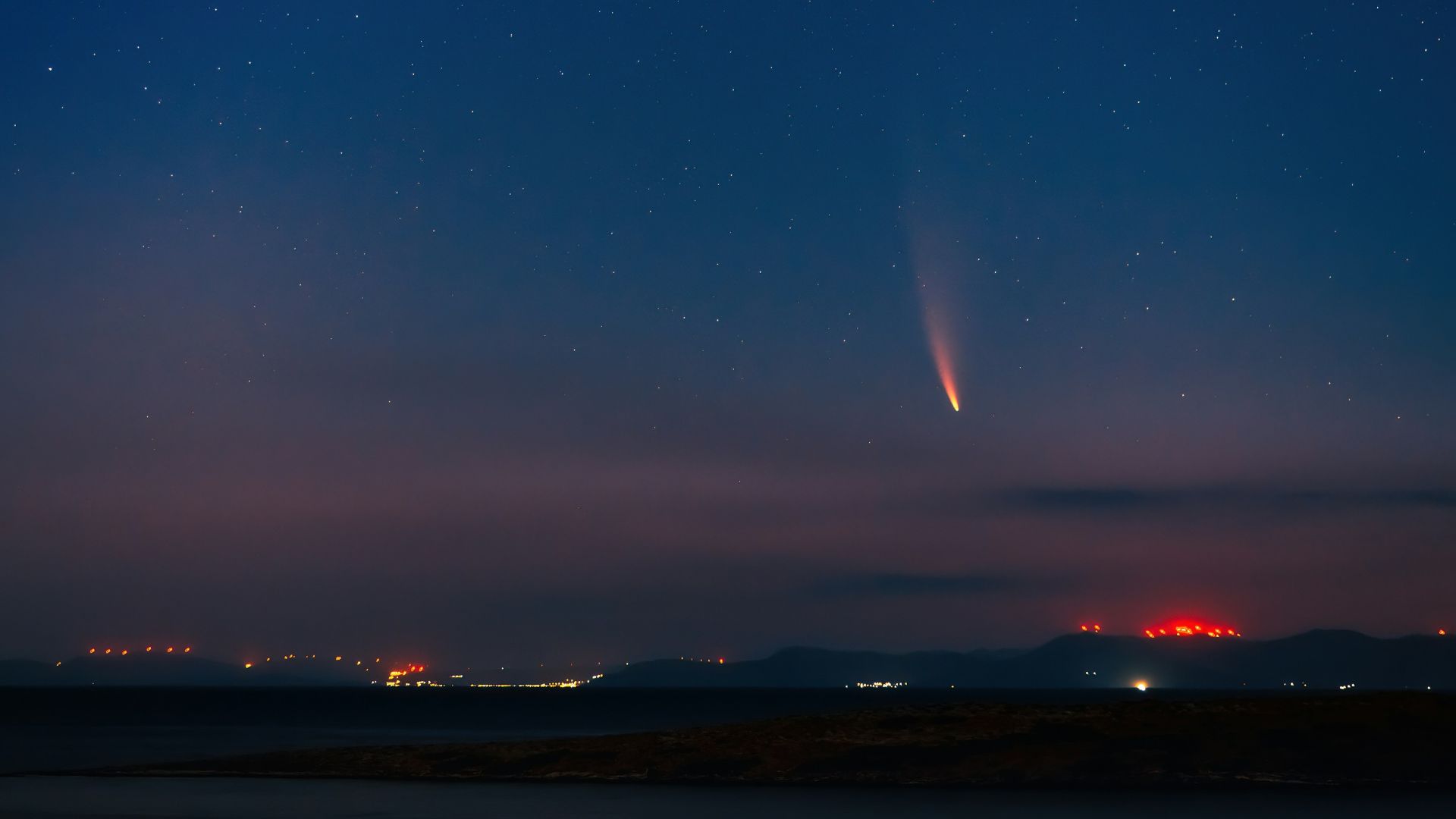
Source: Tasos Mansour/Unsplash
Meteors are smaller, less than 10 feet wide, and will break up when passing through Earth’s atmosphere.
NASA Hosts Searches for Meteorite Falls
Meteors falling into Earth’s atmosphere are so common that NASA has set up a database dedicated to outlining where space debris can be found on the ground.

Source: Madhuvan Yadav/Unsplash
Amateur groups of astronomers also host search parties in an attempt to map out the area and search for discarded space rocks.
An Event Half the Size of 2024 JZ Has Detrimental Effects
One comparable event occurred in 1908 when an asteroid less than half the size of 2024 JZ entered the atmosphere over Siberia.
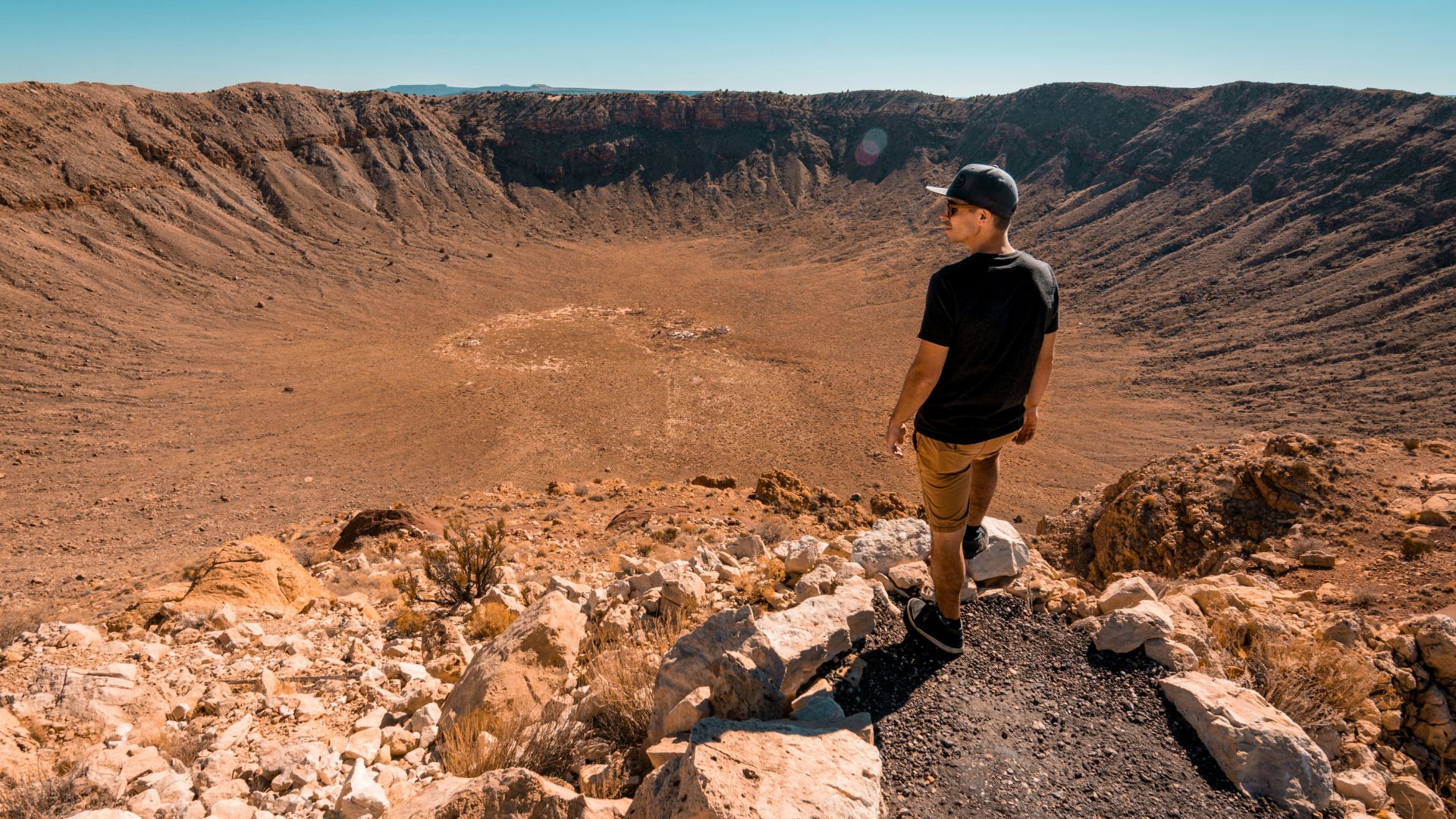
Source: Jimmy Conover/Unsplash
The asteroid flattened around 830 square miles of trees and killed all wildlife in the area.
